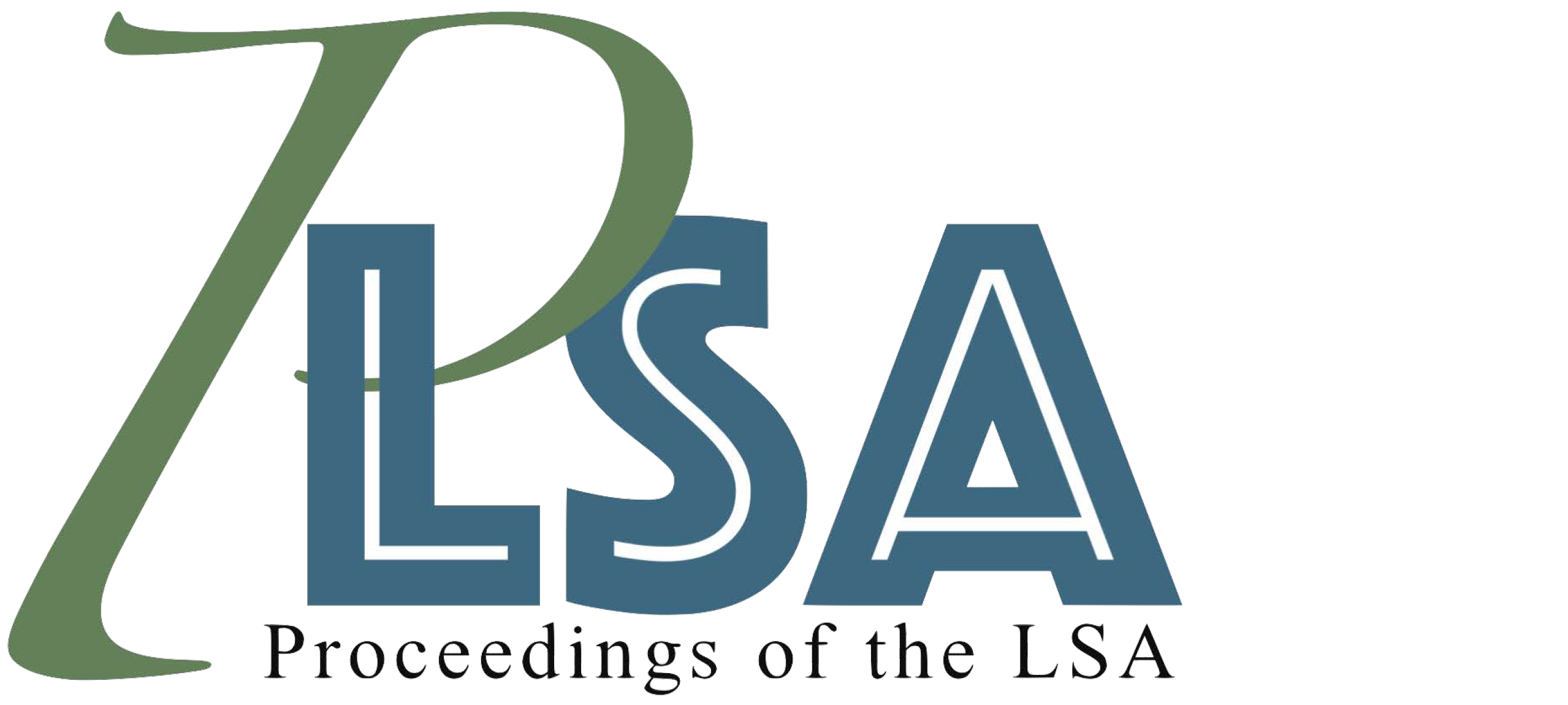Manner-of-speaking that-complements as close apposition structures
DOI:
https://doi.org/10.3765/plsa.v3i1.4320Keywords:
manner-of-speaking verbs, that-clauses, wh-extraction, complementizer drop, main clause phenomena, object extraposition, close apposition, referentialityAbstract
An elusive property of that-clauses following manner-of-speaking verbs is that they do not behave like that-clauses following other non-factive verbs when it comes to the availability of wh-extraction, main clause phenomena and complementizer drop. Non-factive that-clauses allow wh-extraction, main clause phenomena and complementizer drop, but manner-of-speaking that-clauses resist them. In addition, the behavior of manner-of-speaking that-clauses patterns with noun complement clauses and that-clauses following the pronoun it. In this paper, I argue that the referential and adjunct status of manner-of-speaking that-clauses, noun complement clauses and that-clauses following the pronoun it is responsible for their shared restrictions on wh-extraction, main clause phenomena and complementizer drop. Specifically, I argue all three of these that-clauses are referential adjuncts in a close apposition relationship with a nominal object.Downloads
Published
2018-03-03
Issue
Section
Articles
License
Published by the LSA with permission of the author(s) under a CC BY 4.0 license.
How to Cite
de Cuba, Carlos. 2018. “Manner-of-Speaking That-Complements As Close Apposition Structures”. Proceedings of the Linguistic Society of America 3 (1): 32:1–13. https://doi.org/10.3765/plsa.v3i1.4320.
